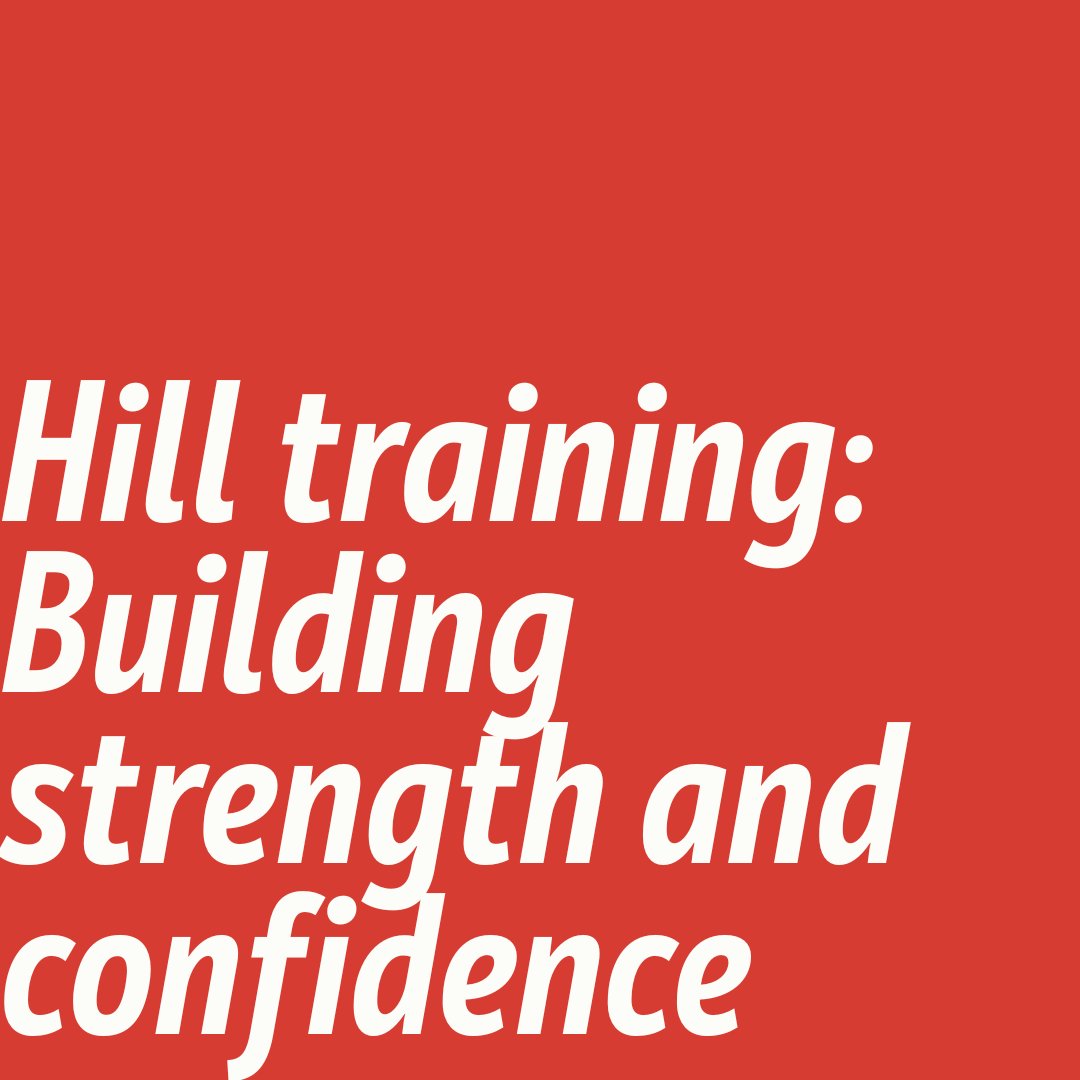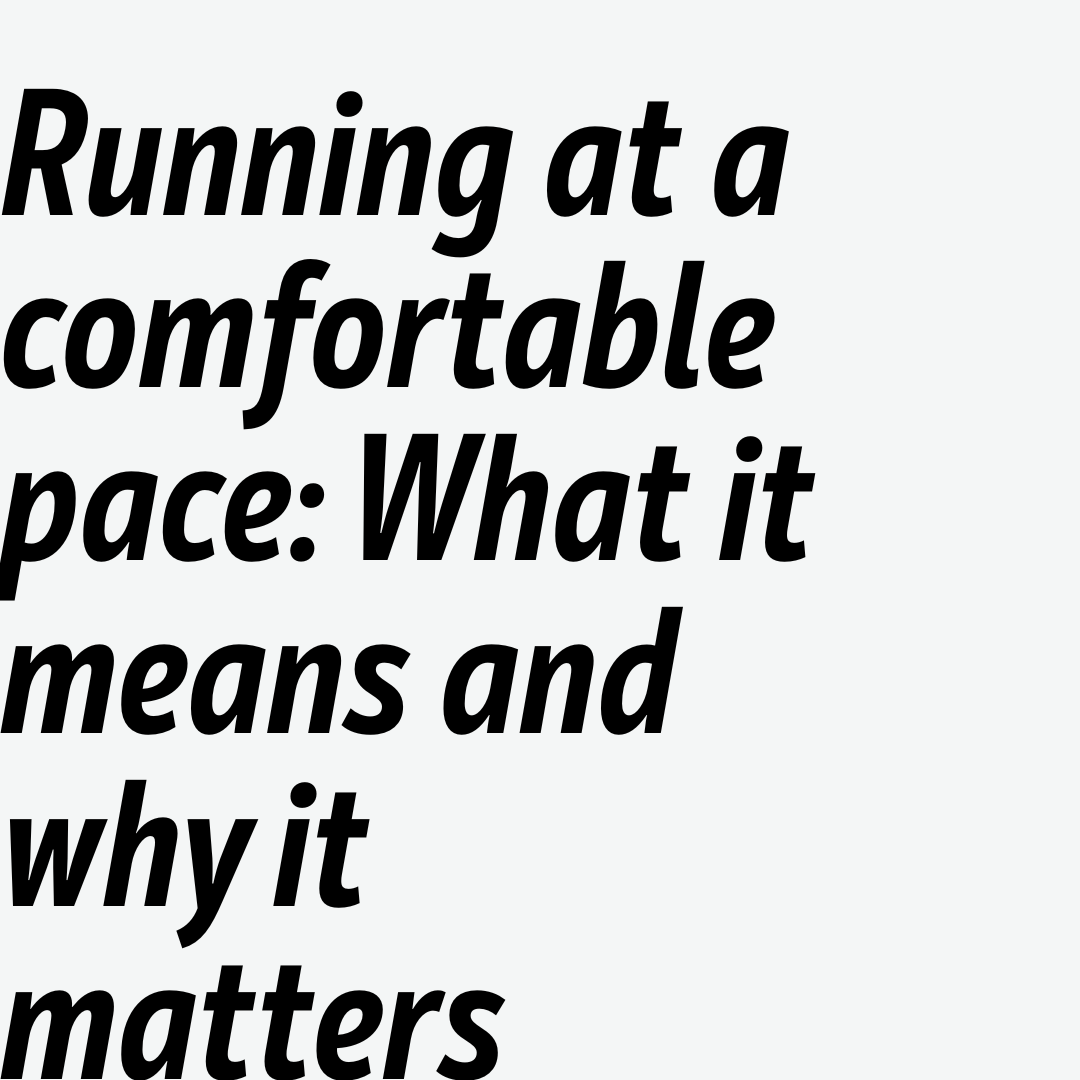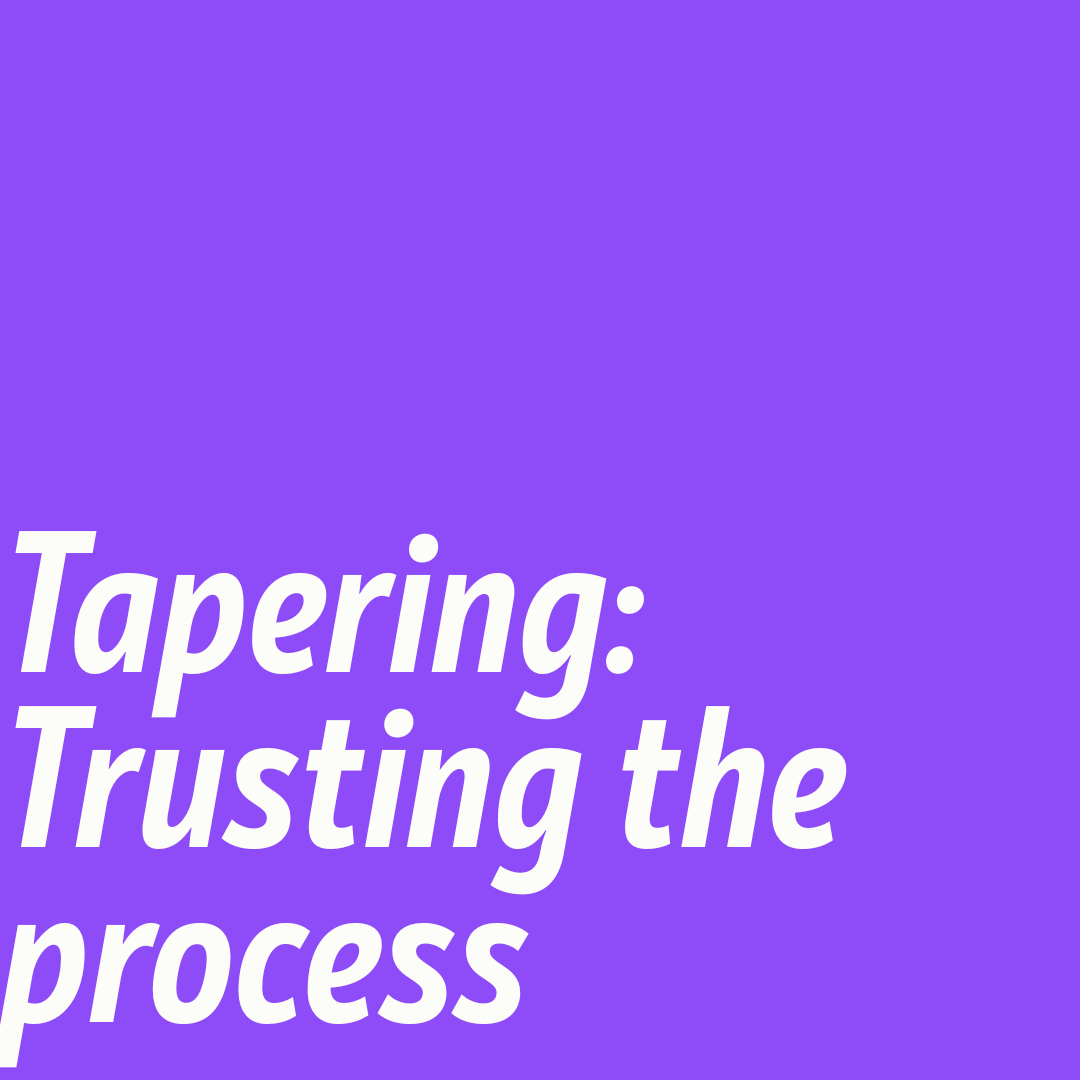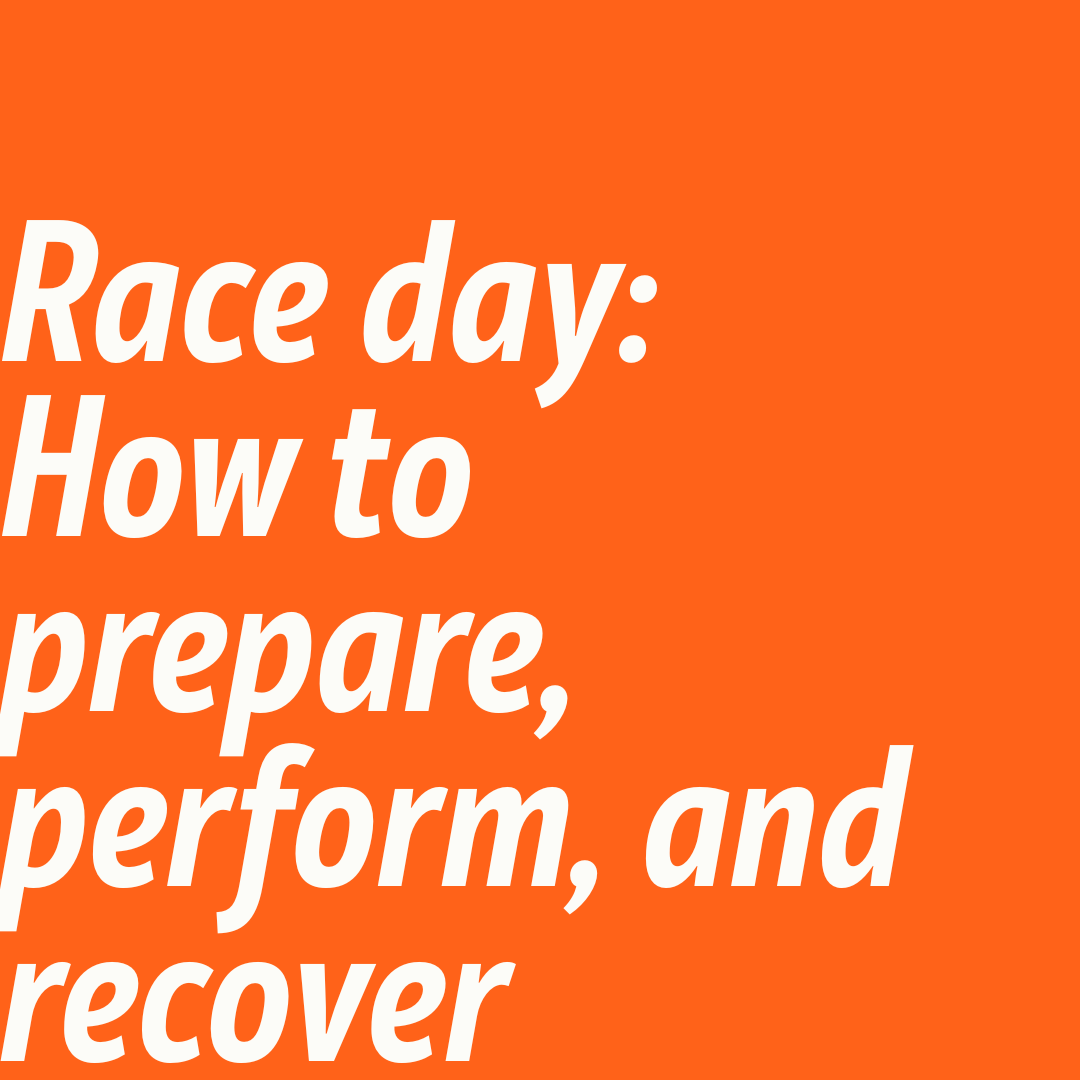As race day approaches, every kilometre matters but so do the small decisions you make off the road. These last few weeks are about fine-tuning your body and mind, not overloading them. Whether you’re training for a 5K or a full marathon, now’s the time to dial in your hill technique, run smart, and prepare your body to peak when it matters most.
Let’s take a look at five key themes to carry into your final weeks.

Hills can be daunting at first, but they’re one of the most effective tools for building running strength, improving technique, and boosting mental toughness. The key is to start with the right gradient, a moderate incline is perfect if you’re new to hill work.
A solid warm-up is non-negotiable: include dynamic movements and jogging to prepare your muscles and joints. As you tackle hills, shorten your stride and stay light on your feet. Lean slightly forward, keep your torso strong, and drive your arms for momentum. Hills are as much about mindset as they are about muscle, embrace the challenge, and you’ll come out stronger.

Not every run should leave you breathless. In fact, most of your runs, especially in these final weeks, should be done at a comfortable, conversational pace. This is the effort where you can talk in full sentences without gasping and feel in control of your breathing.
Running easy doesn’t mean slacking. It’s a powerful way to build endurance, promote recovery, and allow your body to adapt without the strain of constant intensity. If you're unsure whether you’re running too fast, slow down until your breathing and heart rate feel steady. The more you practice running easy, the better your body becomes at using energy efficiently, which pays off big on race day.

Why Easy Runs Lead to Faster Running
Many runners underestimate the role of easy running in getting faster. But without a strong aerobic foundation, speed work won’t have the same effect.
Easy runs improve your body’s ability to transport and use oxygen, boost fat-burning efficiency, and reduce injury risk by limiting stress on joints and soft tissues. They’re also essential for balancing out your harder training days, helping you recover faster while still logging valuable mileage. If you want to run fast, especially in the later stages of a race, you need the stamina that only comes from time on your feet at an easy pace.

In the final two weeks before race day, you’ll begin to taper, a period where you reduce your training volume to allow your body to recover fully and sharpen for race day.
The goal of tapering is to arrive at the start line feeling rested, not rusty. Your legs may feel twitchy or your energy may fluctuate, this is normal. During this phase, focus on maintaining your routine with shorter, easier runs, mobility work, and more sleep. Don’t try to squeeze in extra sessions or “make up” for missed runs. The work is done. Now it’s time to lock it in.

Before the race, give yourself plenty of time. Arrive early, eat the breakfast you know works, hydrate steadily (but not excessively), and stick to the gear you’ve trained in. A light jog and dynamic stretches are ideal for waking up your body.
During the race, resist the urge to start too fast. Stay calm, trust your pacing strategy, and focus on one kilometre at a time. Check in with your form, stay relaxed, and use positive self-talk to stay in the zone. Sip water when needed, but avoid overdrinking. Most importantly, enjoy it. You’ve earned this moment.
After the race, keep moving, refuel with something nourishing, and make time for proper recovery. Whether you hit a personal best or simply finish, be proud of the journey and give your body (and mind) the celebration it deserves.